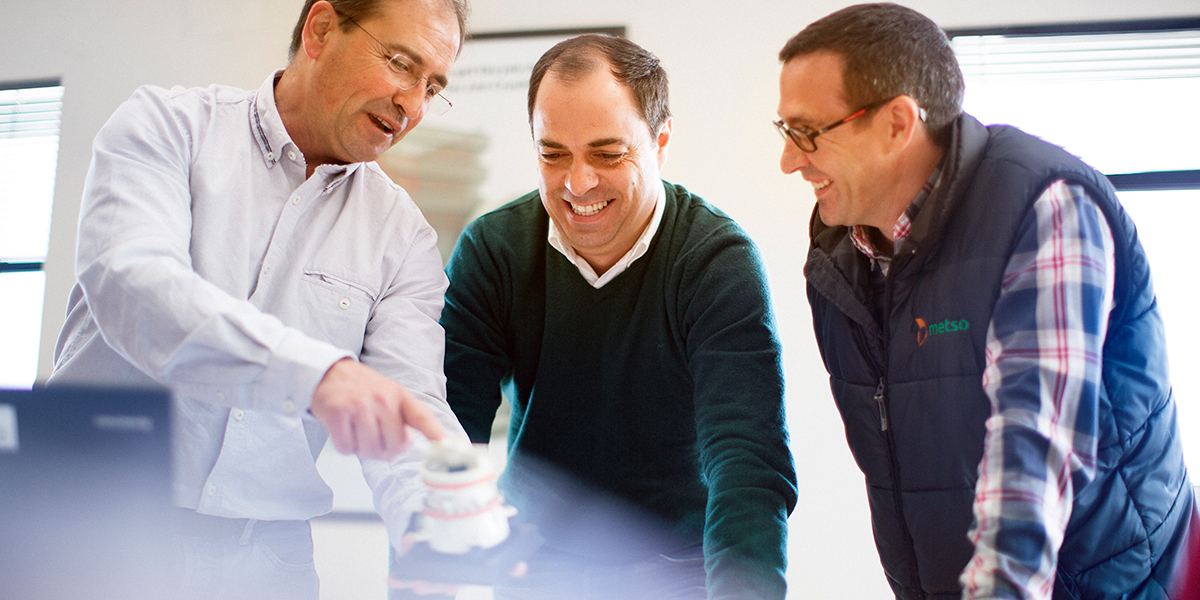Population growth, urbanization, emerging middle class, depletion of natural resources, and global warming are also instrumental in Metso’s equipment design. In this article, I will go over the recent design trends and anticipate what will happen in the near future. As I run through the trends, I will try to give practical examples on how megatrends have contributed to machine design in Metso.
1) Durability is a long-term trend accelerated by increasing environmental awareness and financial incentives. For companies that compete with expertise and quality, taking full account of the life cycle of a product is a competitive advantage. In Metso’s crusher design, this means not only that the machine’s lifetime is maximized and it is easily assembled, used and maintained, but also that crushers and crushing plants are conveniently recyclable and recoverable when they have come to the end of their life.
2) Environment is a hot topic everywhere, but it is a particularly serious theme in the minerals processing and aggregate industries. Requirements for equipment have tightened due to stricter environmental rules, but also because sustainable business is more profitable than unsustainable commercialism. The more efficient and less energy-consuming machines and production processes are, the more they add value. This needs to be taken into account, for example, in the design of rock crushing equipment. Crushing rock is, by its very nature, weary and loud, so traditionally it had to be carried out far from urban areas, even though, construction sites are usually located where people are. Due to noise pollution, rock materials had to be first transported to the crushing plant for processing, and then the material was, again, trucked to the construction site. To reduce the load on the environment, Lokotrack Urban was designed so that both noise and dust levels created while crushing are moderate, also enabling working in the heart of cities and neighbourhoods. In this way, the environmental and efficiency needs encouraged the development of a machine that minimizes transportation costs, effects on the environment, and nuisances to housing comfort.
3) Digital solutions partly ease the work of an industrial designer. The new digital tools require a new set of professional skills, but they also enable more detailed and reliable modelling. Additionally, digital solutions, like Metso Metrics, collect useful data and help to understand the stress factors and hiccups of equipment more profoundly. Detailed information on how the devices are really used in practice at the sites facilitates the making of more user-friendly design solutions.
4) New materials – in the world of crusher design, especially plastics and composites. They are durable, light and versatile, but remarkably quick to produce. The utilization of plastics makes it possible to design machines more freely with less constraints, which, on the other hand, has resulted in manufacturing crushing plants that are lighter, easier to use, and safer. Cases made of composites, in turn, will help in reducing noise levels and dust control in the future.
5) Usability and 6) safety are not emerging trends, but they have their place on this list since nothing will leave the industrial designer’s table before the usability and safety of a product or a part have been attended to. Safety is never compromised when industrial products are designed, and nowadays more and more focus is on the needs of different user groups. One could say that all of today’s industrial design is user-oriented. We cannot expect the customer to spend a great deal of time learning how to use the equipment. Instead the user interface must be designed so that an efficient and safe use of the machine is possible without long-lasting training modules.

